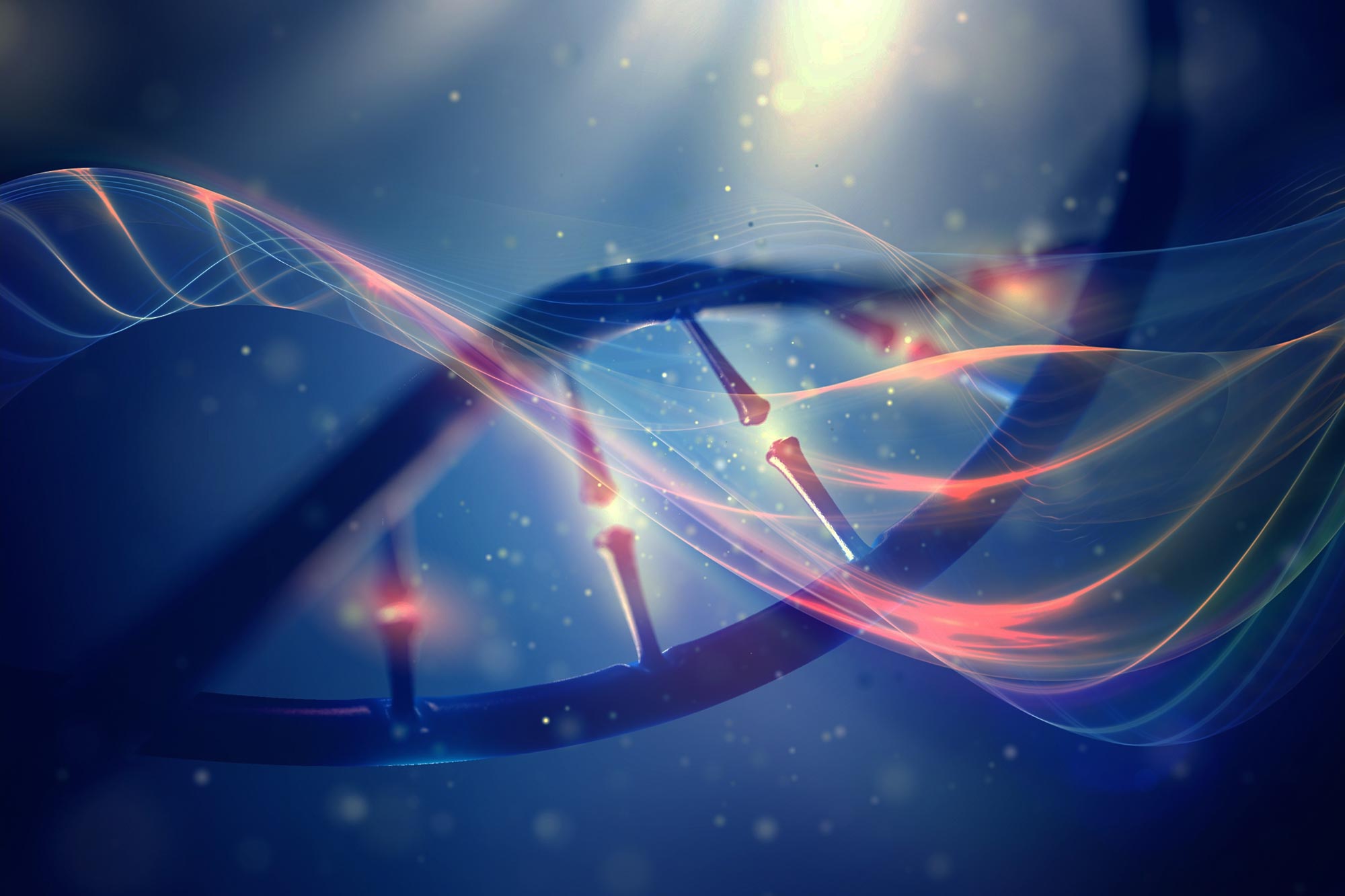
Les chercheurs ont découvert que les organismes à longue durée de vie présentent souvent une expression élevée de gènes impliqués dans la réparation de l’ADN, le transport de l’ARN et la régulation du squelette cellulaire, et une faible expression de gènes impliqués dans l’inflammation et la consommation d’énergie.
Des chercheurs de l’Université de Rochester intéressés par la génétique de la longévité proposent de nouvelles cibles pour lutter contre le vieillissement et les troubles liés à l’âge.
Les mammifères vieillissant à des rythmes très différents ont été formés par la sélection naturelle. Par exemple, les rats-taupes nus peuvent vivre jusqu’à 41 ans, soit 10 fois la durée de vie des rats et autres rongeurs de taille similaire.
Qu’est-ce qui cause la longévité? Un élément crucial du puzzle, selon une étude récente des biologistes de Université de Rochester, On le trouve dans les mécanismes qui contrôlent l’expression des gènes.
Vera Gorbunova, professeur Doris Jones Cherry de biologie et de médecine, Andrei Siluanov, premier auteur de la publication, Jane Long Lu, chercheuse postdoctorale dans le laboratoire de Gorbunova, et d’autres chercheurs ont examiné les gènes liés à la longévité dans un article récent publié dans métabolisme cellulaire.
Leurs découvertes ont indiqué que deux mécanismes de régulation qui régissent l’expression des gènes, appelés réseaux circadiens et réseaux pluripotents, sont essentiels à la longévité. Les découvertes sont importantes pour comprendre comment la longévité survient ainsi que pour fournir de nouvelles cibles pour les troubles anti-âge et liés à l’âge.

En comparant les modèles d’expression génique de 26 espèces d’âges variés, les biologistes de l’Université de Rochester ont découvert que les propriétés de différents gènes étaient contrôlées par des réseaux circadiens ou des réseaux de pluripotence. Crédit : Illustration de l’Université de Rochester / Julia Joshby
Comparaison des gènes de longévité
Avec des durées de vie maximales allant de 2 ans (musaraignes) à 41 ans (rats-taupes nus), les chercheurs ont analysé les modèles d’expression génique de 26 espèces de mammifères. Ils ont découvert des milliers de gènes associés positivement ou négativement à la longévité et liés à la durée de vie maximale de l’espèce.
Ils ont découvert que les espèces à longue durée de vie avaient tendance à avoir une expression plus faible des gènes impliqués dans le métabolisme énergétique et l’inflammation. et une forte expression de gènes impliqués dans[{ » attribute= » »>DNA repair, RNA transport, and organization of cellular skeleton (or microtubules). Previous research by Gorbunova and Seluanov has shown that features such as more efficient DNA repair and a weaker inflammatory response are characteristic of mammals with long lifespans.
The opposite was true for short-lived species, which tended to have high expression of genes involved in energy metabolism and inflammation and low expression of genes involved in DNA repair, RNA transport, and microtubule organization.
Two pillars of longevity
When the researchers analyzed the mechanisms that regulate the expression of these genes, they found two major systems at play. The negative lifespan genes—those involved in energy metabolism and inflammation—are controlled by circadian networks. That is, their expression is limited to a particular time of day, which may help limit the overall expression of the genes in long-lived species.
This means we can exercise at least some control over the negative lifespan genes.
“To live longer, we have to maintain healthy sleep schedules and avoid exposure to light at night as it may increase the expression of the negative lifespan genes,” Gorbunova says.
On the other hand, positive lifespan genes—those involved in DNA repair, RNA transport, and microtubules—are controlled by what is called the pluripotency network. The pluripotency network is involved in reprogramming somatic cells—any cells that are not reproductive cells—into embryonic cells, which can more readily rejuvenate and regenerate, by repackaging DNA that becomes disorganized as we age.
“We discovered that evolution has activated the pluripotency network to achieve a longer lifespan,” Gorbunova says.
The pluripotency network and its relationship to positive lifespan genes is, therefore “an important finding for understanding how longevity evolves,” Seluanov says. “Furthermore, it can pave the way for new antiaging interventions that activate the key positive lifespan genes. We would expect that successful antiaging interventions would include increasing the expression of the positive lifespan genes and decreasing the expression of negative lifespan genes.”
Reference: “Comparative transcriptomics reveals circadian and pluripotency networks as two pillars of longevity regulation” by J. Yuyang Lu, Matthew Simon, Yang Zhao, Julia Ablaeva, Nancy Corson, Yongwook Choi, KayLene Y.H. Yamada, Nicholas J. Schork, Wendy R. Hood, Geoffrey E. Hill, Richard A. Miller, Andrei Seluanov and Vera Gorbunova, 16 May 2022, Cell Metabolism.
DOI: 10.1016/j.cmet.2022.04.011
The study was funded by the National Institute on Aging.





